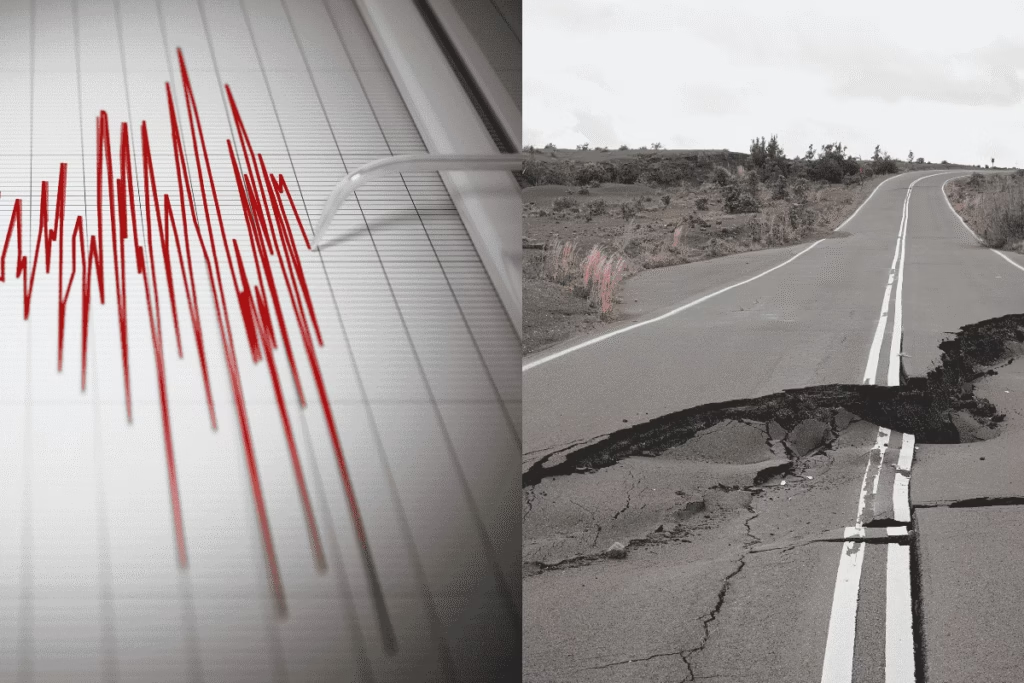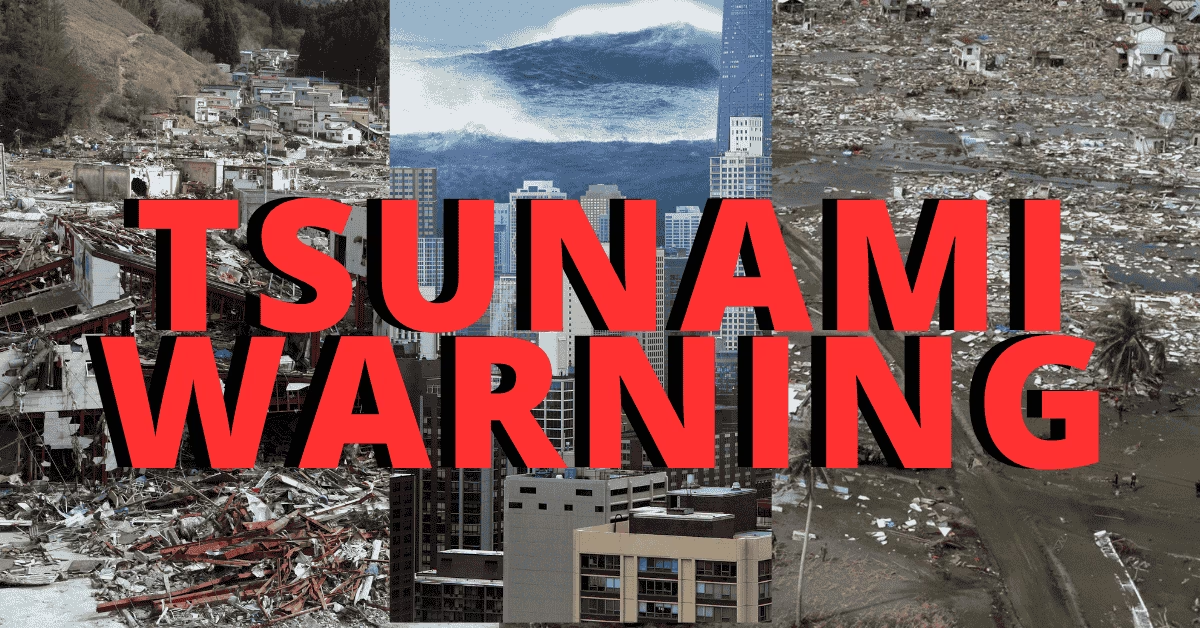Tsunami Warning : The Pacific Ocean, usually a serene expanse, roared to life today, July 30, 2025, after a colossal 8.8 magnitude earthquake struck off the coast of Russia’s Kamchatka Peninsula. This powerful “megathrust” event, one of the strongest on record, unleashed a series of tsunami waves that have rippled across the vast ocean, putting coastlines from Asia to the Americas on high alert. While the immediate panic is subsiding in some areas, the incident serves as a stark reminder of the planet’s immense power and the interconnectedness of its seismic activity.
The sheer force of an 8.8 magnitude earthquake at a relatively shallow depth is precisely what generates such far-reaching tsunamis. The sudden displacement of the ocean floor acts like a giant paddle, pushing vast volumes of water across thousands of kilometers. Coastal communities, from the nearest Russian shores to distant South American coasts, found themselves in the path of these potentially devastating waves, triggering rapid responses and evacuations.

A Dynamic Threat: From Warnings to Downgrades
The hours following the earthquake have been a testament to the dynamic nature of tsunami events. Initial, dire warnings have been adjusted, downgraded, or even lifted as the waves have arrived and their true impact assessed.
In Russia, near the epicenter, waves reportedly reached up to 5 meters (16 feet) in some areas of Kamchatka and the Kuril Islands, causing localized flooding and minor property damage. Thankfully, emergency services were swift in their response, leading to rapid evacuations and minimizing casualties. While warnings have been lifted for these regions, the risk of aftershocks and residual waves persists.
Japan, a nation with a deeply ingrained understanding of tsunami preparedness, saw waves up to 1.3 meters (4.3 feet) on its northern and eastern coasts. The country’s advanced early warning systems and well-rehearsed evacuation drills proved invaluable, with initial alerts prompting millions to seek higher ground. While one fatality has been reported, the overall impact was significantly mitigated due to these proactive measures, and warnings have largely been downgraded to advisories.
Further across the Pacific, Hawaii initially faced a full tsunami warning, prompting sirens and widespread evacuations. However, as waves arrived between 1.2 and 1.8 meters (4 to 6 feet), causing some flooding in harbors and coastal areas, the warning was downgraded to an advisory. This allowed residents who had evacuated to return home, albeit with a strong caution to avoid beaches and marinas due to dangerous currents.
The US West Coast also experienced the effects. While major damage was largely averted, tsunami advisories remained in effect for parts of California, Oregon, and Washington, with calls for people to stay away from beaches and harbors due to strong and unusual currents. Crescent City, California, a town historically vulnerable to tsunamis, notably recorded waves of 1.1 meters (3.6 feet), prompting continued vigilance.
ALSO READ : Trump 25% Tariff on Indian Goods : What It Means for India, And the US
Vigilance Remains: Where the Threat Continues
Even as some regions breathe a sigh of relief, the threat has not entirely dissipated across the Pacific. Several nations remain under significant alert:
- Chile has elevated its tsunami warning to the highest level across much of its Pacific coast, initiating widespread evacuations.
- Ecuador has declared an “imminent danger” of a tsunami, particularly for the Galápagos Islands, with expected waves exceeding initial forecasts in some areas.
- Colombia has issued a red alert for its northeastern Chocó region, urging immediate evacuation of low-lying coastal zones.
- French Polynesia’s Marquesas Islands were also under a warning for potentially significant waves, although later assessments suggested smaller, yet still impactful, wave heights.
- Indonesia and other island nations in the Western Pacific continue to monitor the situation closely, with advisories for coastal residents to remain cautious.
This powerful 8.8 earthquake and the ensuing tsunami warning serve as a potent reminder of the raw power of nature. While advanced warning systems and well-executed emergency protocols have undoubtedly saved countless lives and minimized damage in many areas, the long reach of a tsunami means that vigilance and preparedness remain paramount for all communities along the Pacific Ring of Fire. As the ocean gradually calms, the lessons learned from this event will undoubtedly reinforce the importance of ongoing scientific monitoring and robust disaster response planning.


1 thought on “Tsunami Warning: The Pacific Awakens After 8.8 Earthquake”
Comments are closed.